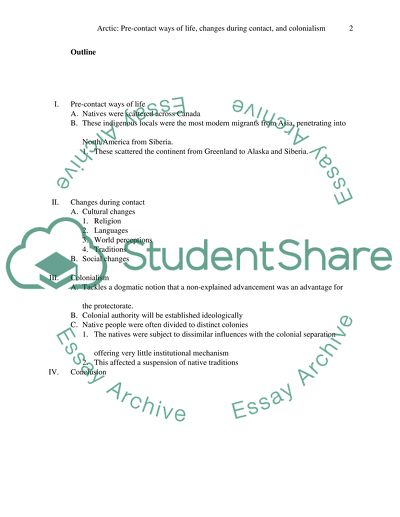Cite this document
(“Pre-contact ways of life, changes during contact, and colonialism Essay”, n.d.)
Retrieved from https://studentshare.org/english/1403855-pre-contact-ways-of-life-changes-during-contact-and-colonialism
Retrieved from https://studentshare.org/english/1403855-pre-contact-ways-of-life-changes-during-contact-and-colonialism
(Pre-Contact Ways of Life, Changes During Contact, and Colonialism Essay)
https://studentshare.org/english/1403855-pre-contact-ways-of-life-changes-during-contact-and-colonialism.
https://studentshare.org/english/1403855-pre-contact-ways-of-life-changes-during-contact-and-colonialism.
“Pre-Contact Ways of Life, Changes During Contact, and Colonialism Essay”, n.d. https://studentshare.org/english/1403855-pre-contact-ways-of-life-changes-during-contact-and-colonialism.


